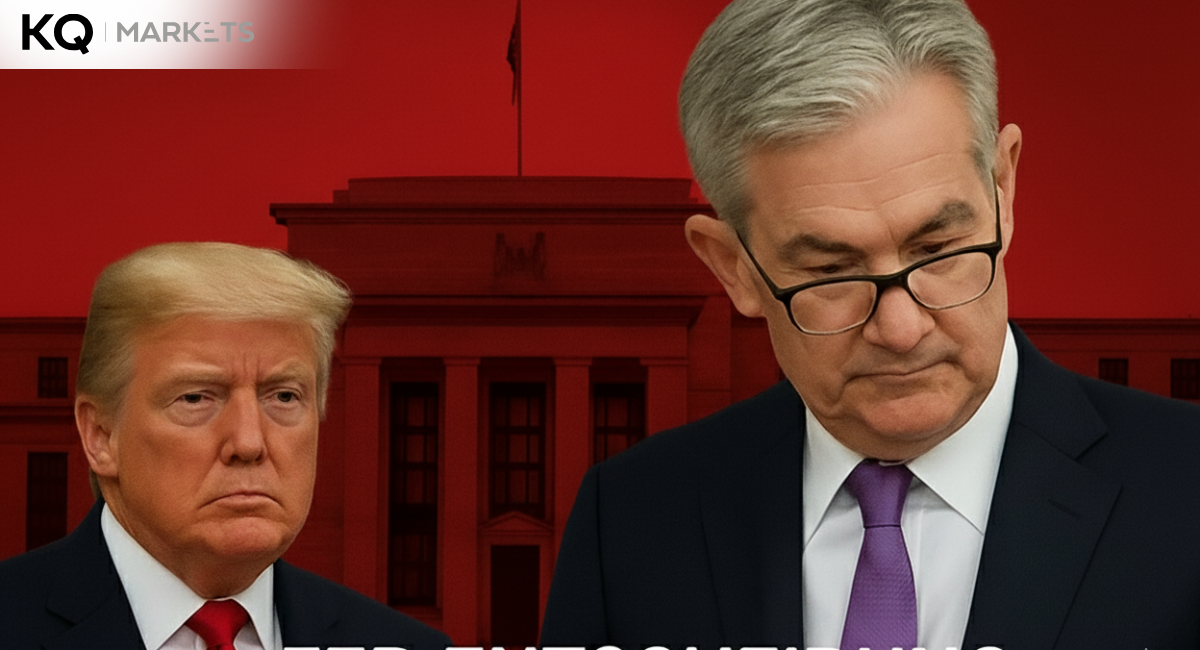As investors widely predicted, the Bank of England recently announced another 0.25 basis points rate rise, pushing it to 5.25%. The move raised the bank rate to a 15-year high after 14 consecutive increases. In any case, the bank began the upwards rate trajectory in December 2021, when it was at as low as 0.1%. Analysts say that up to 1.4 million loans with tracker mortgages & variable rates will likely record an increase in costs during the next payments.
In general, the UK finance trade body reported that rate loans with an average £220,000 mortgage balance would attract a £15 cost rise. Rate borrowers with trackers will incur a £24 more cost rise. But fixed-rate mortgages will face the impact after the current deal ends, with massive monthly cost increases. For instance, the two-year fixed average rate is 6.5% to 7%, implying a five basis points raise from the previous rate. About 800,000 fixed-rate mortgages will occur through the 2023 second half.
Meanwhile, another 1.6 million mortgage deals will close by 2024, with about seven million total deals. Bank of England’s officials opted for a bank rate rise aiming to curb inflation. While the latest official figures show that the annual inflation rate is at 7.9%, the BoE aims at the 2% inflation rate target. Although analysts initially had concerns over another 0.5 basis point rate rise, the sharp inflation drop from 8.7% in May softened the rate rise approach.
The Bank of England now says that inflation could drop to 5% by December 2023, attaining the 2% target by 2025 second quarter. Officials acknowledge bank rate rise challenges but believe it is a critical move for safeguarding the economy. Thus, analysts are eager for the following announcement on 21st September, with further changes in December and November. The July inflation figure on 16th August from the Office for National Statistics will broadly impact the next rate decision.
Analysts say the slowing inflation rate implies a rise in interest rates as high as previous moves. They expected the inflation rate to peak 6.5% a few months ago but now predicted it to peak at 5.75% or 6%. Overall, the rate rise approach has a knock-on benefit for mortgage customers who have reduced bank rates. The results are a big bank's lower rate raft that might not be sufficient to cause any dramatic impacts on monthly repayments.
However, homeowners are leveraging the rate rise approach with relief that mortgage rates are on the right trajectory. Individuals or institutions saving money could make losses in this situation as it implies the end of 18 months of successive savings rate increases. Above all, investors who have played the waiting game before opting for a fixed-rate deal could have made the right decision to move swiftly before further rate drops.






